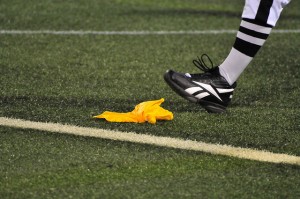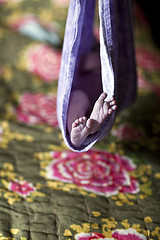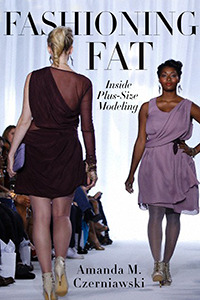
Who doesn’t love a four (or five!) day weekend? An extra day or two away from the desk means more time for leisure activities and to disengage from work. But Scott Schieman, sociology professor at University of Toronto, warns that consistently short work weeks may not help work-life balance in the long run. In an interview on CBC’s Daybreak South, Schieman said,
I think what we have to really look at are the nature or the demands of the job—and how those demands can either be compressed in particular time periods, or whether they actually need to be spread out, and that’s when you get to some of the cons.
When the same amount of work needs to be done in three days instead of five, it means longer hours. It’s like cramming for a college exam, when it’s physically tiring and harder to process information. Even if three days of intense work seems like a good trade for four days at home, it’s still unlikely that “days off” mean not working, Schieman points out: “What if there’s a deadline, what if there’s an ongoing project? Can you really break from that fully?” Additionally, people with families may find the long hours associated with shorter work weeks incompatible with obligations like carpool, and non-stop work is unlikely to happen in a house with a demanding toddler. Savoring the occasional holiday might provide a better balance, aligning with kids’ school days and taken-for-granted “business hours,” while adding in a “bonus” day of leisure intermittently.



